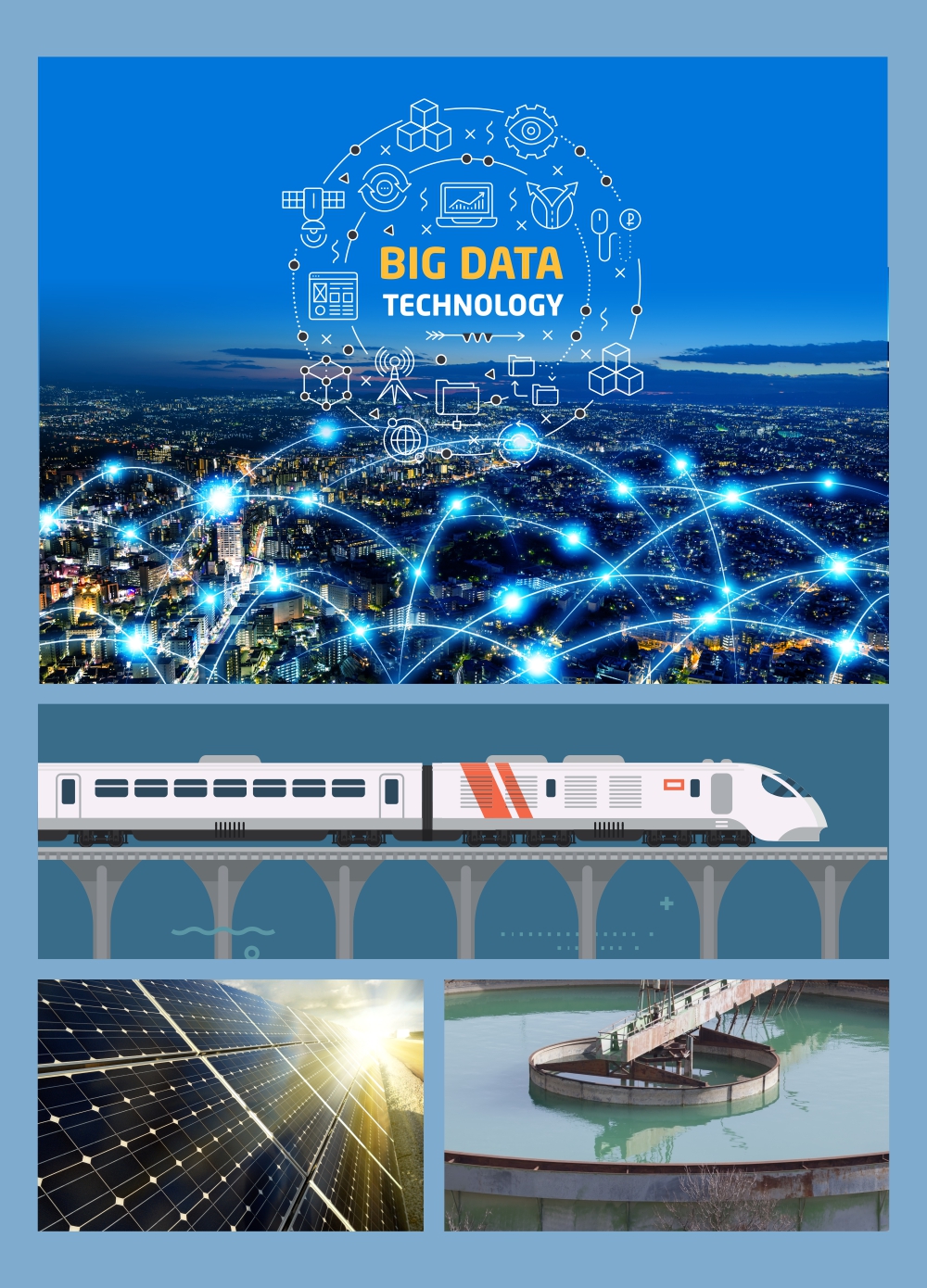India is one of the fastest growing economies in the world. Expanding urban areas, growing population and an increasing dependency on electricity in our lives is continuously pushing its demand upwards.
While the government's 'Make in India' initiative is giving the right impetus to the home-grown industry, the 'Digital India' and E-governance is mechanizing the vast public and private networks and businesses across sectors. Though this spells better service experience and greater inclusion, it also translates into higher power consumption and need for renewable energy solutions for the society to operate at its potential.
With an installed capacity of approximately 330.80 GW 1 of the National Grid as on December 2017, India is considered a power surplus nation. It is the third largest producer and fourth largest consumer of electricity in the world. And yet approximately 50 million homes in India do not have access to electricity. 2
To meet Government of India's 'Power for All' vision and the year on year increasing demand, the current reliance on the traditional fossil fuel based power generation would spell environmental disaster since the bulk of India's electricity generation capacity still comes from these non-recyclable resources.
This dependency is not only eroding the natural resources, raise pollution levels but making a huge dent in the country's import bill of oil and coal, the two main sources of electricity generation in India.
In January 2018 the import bill of oil alone was $11.66 billion of which nearly 80% is consumed in power generation. 3
Realizing the gravity of the situation, the government is aggressively targeting increase of renewable power generation in the country. One of such key resources that is abundant in India is the Sun. With nearly 300 sunny days in India solar power energy is crucial to India's green power generation and a step towards meeting its Sustainable Development Goals.
By launching the 'National Solar Mission', one of the eight missions that are part of the National Action Plan on Climate Change, the government and Prime Minister Mr. Narendra Modi have exhibited their clear intent in transforming power sector in the country by using solar power generation system.

Hitachi, has been an active proponent of recyclable power generation around the world through its original and superior technology of harnessing solar power.
In India, Hitachi, through its Solar Inverters, highly acclaimed for their high conversion ratio is partnering National Thermal Power Corporation, one of India's Maharatna's and the largest power conglomerate in India.
The Solar Inverters are the key link between conversion of photovoltaic DC current to AC current, in a form that is distributed through the National Grid and consumed at the end point.
Hitachi Hi-Rel Power Electronics Pvt. Ltd. at Sanand near Ahmedabad, Gujarat, has delivered more than 2GW of Solar Inverters in 2017 and is committed to deliver 8GW by March 2020 and further scaling up to help the nation achieve its target of 100 GW by 2022.
This much needed transformation will not only contribute towards wider distribution of good quality, low-polluting electricity, but has the potential to scale up to a country-wide movement providing dependable Solar Power. And Hitachi is happy to be a proud contributor to this Solar movement - a step towards a healthier and happier India.
Source:
1 - https://www.ibef.org/industry/power-sector-india.aspx
2 - https://www.bloomberg.com/news/features/2017-01-24/living-in-the-dark-240-million-indians-haveno-electricity
3 - https://economictimes.indiatimes.com/industry/energy/oil-gas/indias-oil-imports-hit-record-high-injanuary/articleshow/62936711.cms

